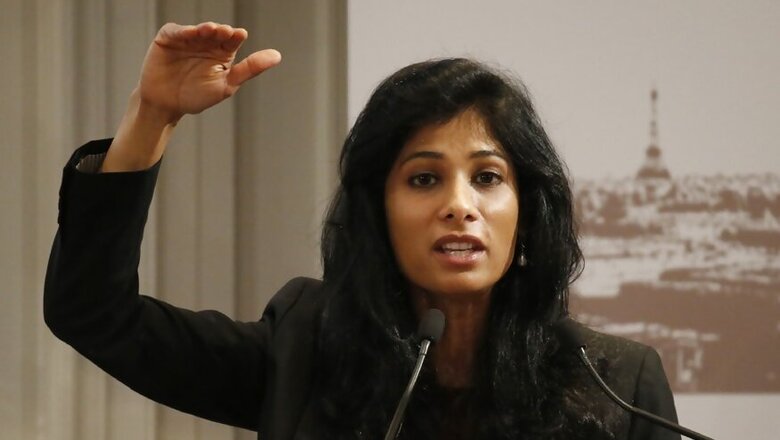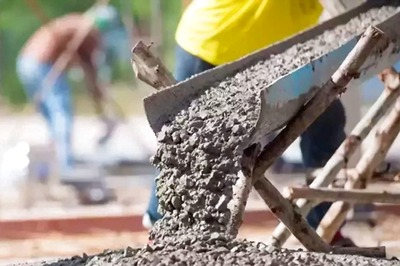
views
New Delhi: Providing answers to demonetisation, four economists — Gabriel Chodorow-Reich and Gita Gopinath of Harvard University, Prachi Mishra of Goldman Sachs and Abhinav Narayanan of the Reserve Bank of India — have recently published a research paper at the US National Bureau of Economic Research (NBER).
The economists conclude that there was a decline of 3 percentage points in economic activity and employment in November and December 2016, which translates into a decline in the quarterly growth rate of 2 percentage points or more.
Simply put, if demonetisation had not occurred then GDP growth in the September-December 2016 quarter would have been 2 percentage points higher.
The authors point out that the national data on gross domestic product (GDP) have limited coverage of the informal sector. They, therefore, used a new household survey of employment and satellite data on human-generated nightlight activity to measure demonetisation's effects at the district level.
They say their results point to the likelihood of an absolute decline in economic activity at the end of 2016, which was not captured in official statistics.
The study also identified the 'economically sharp and statistically significant contractions in areas experiencing more severe demonetisation shocks. The effects on real economic activity peak in the period immediately following the announcement and dissipate over the next few months as new currency arrives.'
The difference in the impact on growth between the most affected and the least affected districts, or the ones that received adequate cash promptly and the ones that didn't, is very large.
How did people manage the shortage of cash? By switching to alternative modes of payments. The researchers found: 'Payments using both Paytm and POS increased more in districts experiencing sharper declines in money following demonetisation. Thus, while these areas experienced declines in overall economic activity and ATM usage, they had faster growth of alternative payments mechanisms.'
The authors of the study also found evidence of bank deposits increasing and credit contracting in areas experiencing more severe demonetisation. They add: 'The effect on deposits appears short-lived while the effect on credit may be more persistent. Because banks have access to internal credit markets and banks in more-demonetized districts experienced faster deposit growth, we can interpret the contraction in lending in those districts as due to lower borrower demand for credit'. In short, districts experiencing more severe demonetisation had relative reductions in economic activity, faster adoption of alternative payment technologies, and lower bank credit growth.
The authors emphasize that theirs is a study of the short-term impact of demonetisation, the effects of which have dissipated with time. It is possible there may be long-term advantages from demonetisation that arise from improvements in tax collections and in a shift to savings in financial instruments and non-cash payment mechanisms, but that will require a separate research.
As for the short-term impact, they say it was comparable to a roughly 200 basis point tightening of the monetary policy rate. Their conclusion is that 'in modern India cash serves an essential role in facilitating economic activity.' Simply put, that is probably the polite economist's way of calling a bloody shovel a digging implement.



















Comments
0 comment